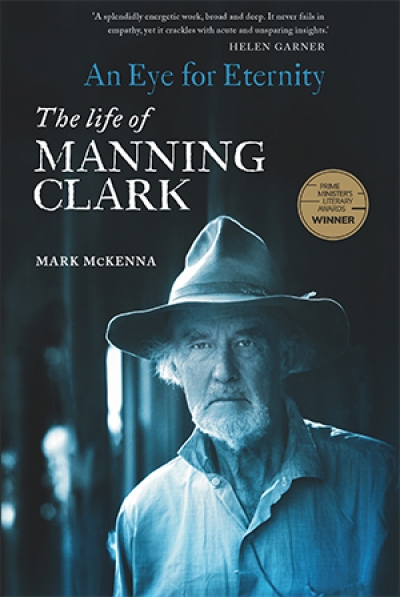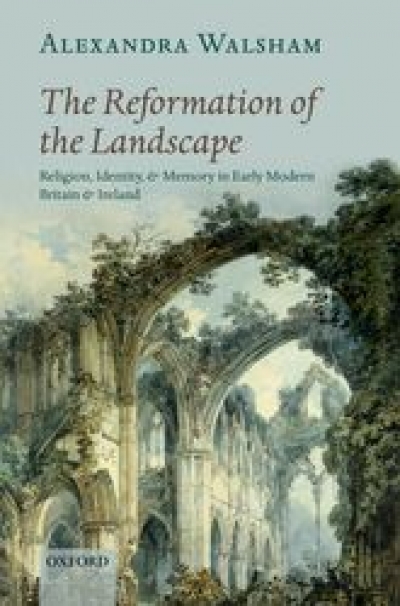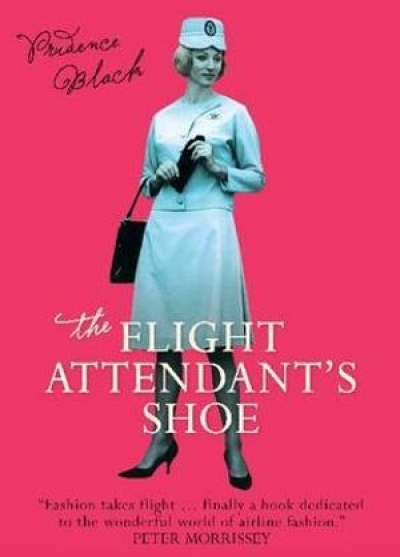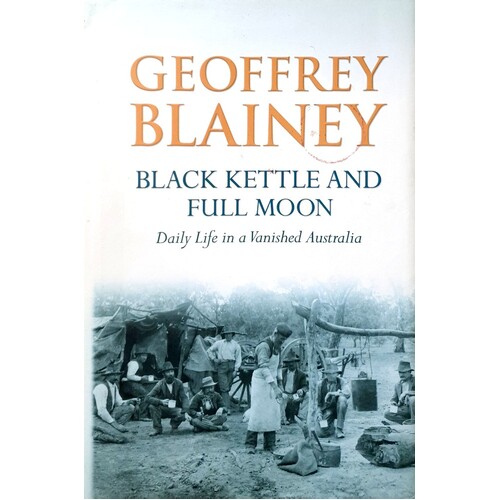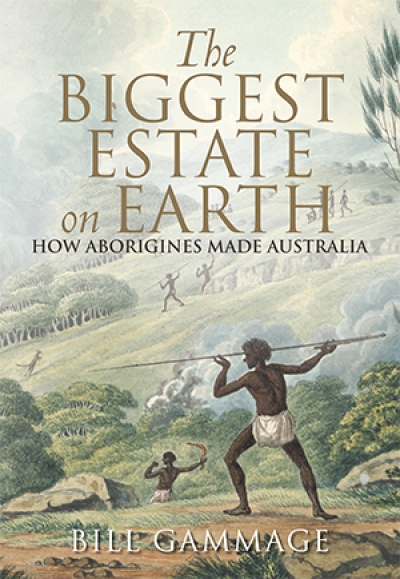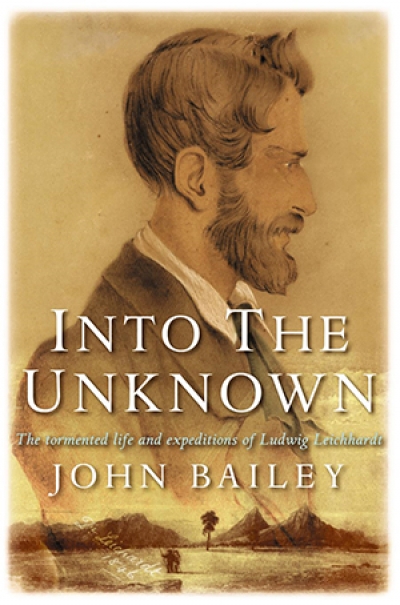History
An Eye for Eternity: The Life of Manning Clark by Mark McKenna
Recognising biography as ‘one of the new terrors of death’, the eighteenth-century wit John Arbuthnot made sure his life would be sparsely documented. Manning Clark, preoccupied with his inevitable extinction, took the opposite tack. He massively archived all his thoughts and doings as a strategy ...
... (read more)The Reformation of the Landscape: Religion, Identity, and Memory in Early Modern Britain and Ireland by Alexandra Walsham
Australian universities have long taught early modern (c.1500–1750) English/British and European history, but with Alexandra Walsham’s recent appointment as the first female to occupy a Cambridge history chair, there are now (with Oxford’s Lyndal Roper) two Melbourne-trained early modernist Oxbridge professors ...
... (read more)The Flight Attendant’s Shoe by Prudence Black
The international air hostess was the ultimate twentieth-century modern girl – mobile, cosmopolitan, glamorous. She was paid to travel around the world, journeys that, in the early years of intercontinental travel, could take several days and involve stopping at exotic places such as Singapore, Calcutta, Karachi, and Cairo on the ‘Kangaroo Route’ between Australia and London. She was, of course, a ‘girl’ (she had to resign from her job on marriage), she had to have a ‘good appearance and personality’, and her height and weight had to fall within narrowly defined limits. Her look had to match the glamorous mobility and cosmopolitanism that she signified. At the same time, her job was to look after people: she had to be easily identifiable as a staff member, and one belonging to a specific company. She had to wear a uniform – something anonymous that might seem to counteract the glamour of the job.
... (read more)The Donald Friend Diaries: Chronicles & Confessions of an Australian Artist edited by Ian Britain (foreword by Barry Humphries)
For some sixty years Donald Friend kept a diary, making his final entry just days before his death in 1989 at the age of seventy-four. The National Library of Australia published them in four massive volumes between 2001 and 2006. They were intractable. You needed an axe to cut through the stream of consciousness which flowed from an uncensoring pen ...
... (read more)The West and the Map of the World: A Reappraisal of the Past by Matthew Richardson
Placed on a coffee table – its likely destination – this handsome book will have its greatest appeal to the idle browser. With its generous illustrations of remarkably beautiful early and antique maps of the world, Matthew Richardson’s book provides an elegant showcase for some singular treasures of ...
... (read more)Victorian Visions: Nineteenth-Century Art from the John Schaeffer Collection by Richard Beresford
For an Australian collector to have amassed one substantial and internationally recognised collection of Victorian art during the late twentieth century is unusual. Having parted with the first and replaced it with a second, amassed in the twenty-first, is extraordinary. But then John Schaeffer ...
... (read more)Australian Historical Studies, Volume 41, Issue 2 edited by Richard Broome and Dianne Kirkby
Australian Historical Studies (AHS), which can be traced back to the 1940s, has developed into one of Australia’s leading social science journals. The standard of scholarship is consistently high, and the honour of having one’s article accepted in such an established and selective publication is keenly sought ...
... (read more)Black Kettle and Full Moon: Daily life in a vanished Australia by Geoffrey Blainey
Geoffrey Blainey is seventy-three years old and has published thirty-two books. Since his last book was a history of the world, one might have assumed that he had reached the end of his career. But he is not done yet. He moves, as he has always done, from grand speculation to what might be thought trifles – in this case, the details of everyday life in Australia from the 1850s to 1914.
... (read more)The Biggest Estate on Earth: How Aborigines Made Australia by Bill Gammage
This bold book, with its lucid prose and vivid illustrations, will be discussed for years to come. It is not original in the narrow sense of the word, but it takes an important idea to new heights because of the author’s persistence and skill. Bill Gammage, an oldish and experienced historian of rural background ...
... (read more)Into the Unknown: The Tormented Life and Expeditions of Ludwig Leichhardt by John Bailey
In 1848 Ludwig Leichhardt and half a dozen companions set out from Queensland’s Darling Downs, intending to cross the continent to the Swan River Colony in Western Australia. The entire expedition disappeared, virtually without trace. Since then at least fifteen government and private expeditions have tried to ...
... (read more)

